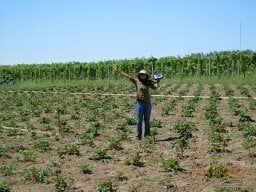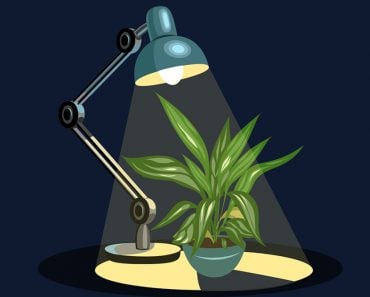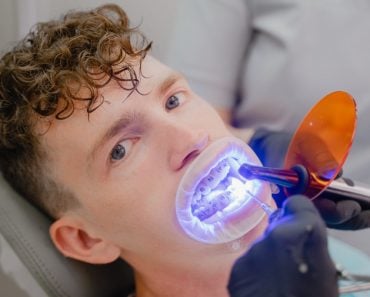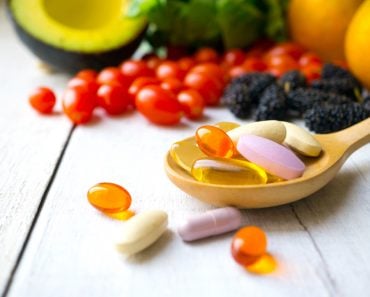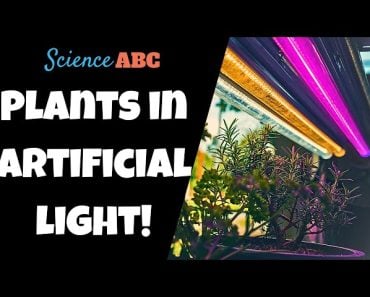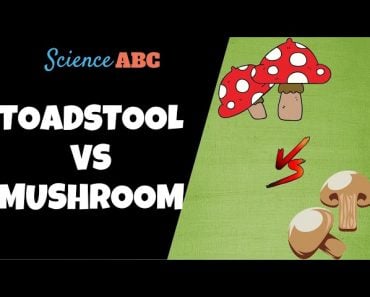Table of Contents (click to expand)
Just like our human skin, mushrooms can also produce vitamin D when exposed to UV rays. When exposed to the sun or artificial UV light, mushrooms increase their vitamin D content and retains the heightened level even after more than a year of storage.
Mushrooms are widely consumed and considered to be a good source of vitamin D, but did you know that not all mushrooms contain notable levels of vitamin D? Mushrooms that come from indoor mushroom farms have especially low vitamin D content, unless they’re treated to boost their vitamin D levels.
To “treat” them, all you have to do is put them in the sun! Mushrooms, just like humans, produce vitamin D when exposed to the UV rays of sunlight.
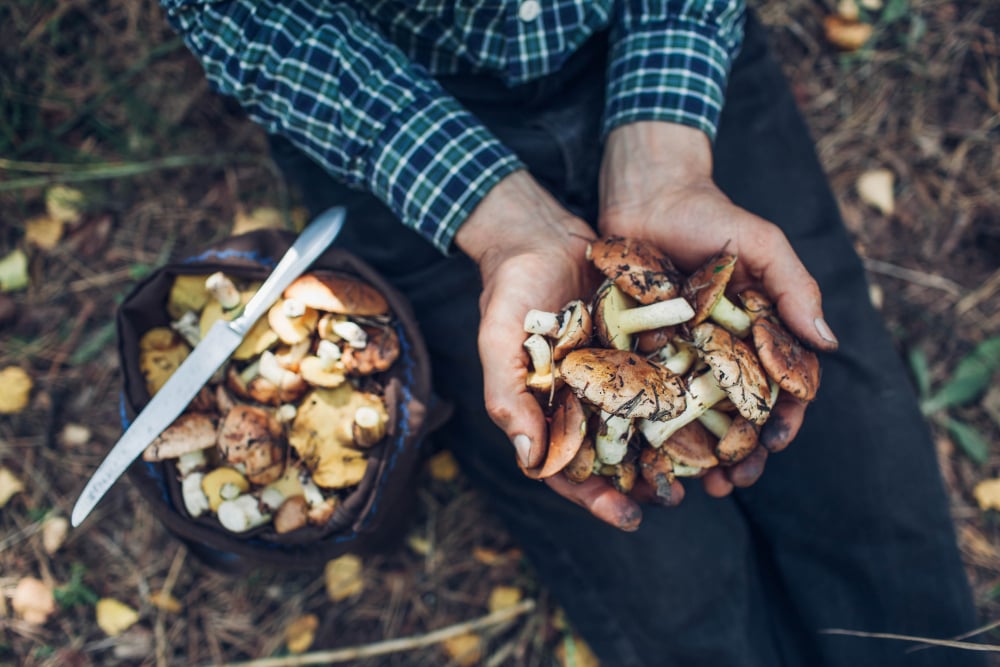
Recommended Video for you:
Why Do We Need Vitamin D?
Vitamin D is a key nutrient for healthy living. It helps with the transport and absorption of calcium, magnesium, and phosphate, and is essential for muscle function. Vitamin D protects against certain types of cancer, as well as cardiovascular disease, Type I and II diabetes, and neurodegenerative diseases.
Our skin makes vitamin D when we are exposed to the sun. However, during the winter, vitamin D production may not be sufficient. The amount of vitamin D produced by the skin also depends on our skin color, genetics, and certain health conditions. Therefore, it is essential to include vitamin D in our diets.
The recommended dietary intake (RDI) of vitamin D varies with age and by country. The RDI values of some countries are listed below. The range here represents the different amounts recommended for men and women of different ages.
- Australia and New Zealand: 5-15 mg/day (200-600 IU)
- USA: 15-20 mg/day (600-800 IU)
- European Union: 15 mg/day (600 IU)
- Canada: 15-20 mg/day (600-600 IU)
- UK: 10 mg/day (400 IU)
However, our dietary intake of vitamin D is often not sufficient to meet this RDI.
Where Do We Get Vitamin D?
Our skin can produce vitamin D when exposed to the sun’s UV rays, but when there is limited exposure to sunlight, we may be deficient in vitamin D and will need to include vitamin D sources in our food or take vitamin D supplements.
There are 4 types of vitamin D: D, D2, D3, and D4, all of which are bioavailable and found in the foods we eat. This means that we can consume any of these four forms to meet our dietary needs.
Fungi and yeast contain D and D2. Smaller amounts of D3 and D4 are also present in fungi. Animal-based foods contain mostly D3. The best dietary sources of vitamin D3 are oily fish and fortified food, such as milk and cheese. Milk, milk products and juices are fortified with 40 to 100 IU of vitamin D in some countries, such as in the US and Canada.
However, these foods are not suitable for vegans and vegetarians. The best non-animal source of vitamin D is mushrooms, which contain primarily D2.
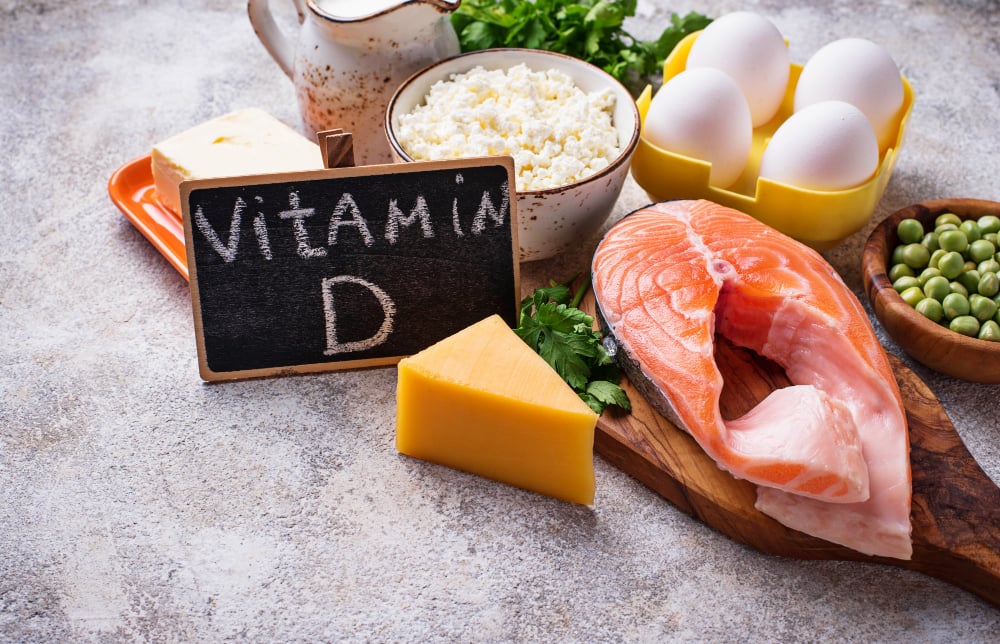
Mushrooms Produce Vitamin D
Mushrooms contain good levels of vitamin D, mostly in the form of D2 and smaller quantities of D3 and D4.
The vitamin D2 content varies with the type of mushrooms. For example, funnel chanterelle mushrooms growing in the wild in late summer/early autumn contain 3–30 μg D2/100 g fresh weight (FW), fries mushrooms (Cantharellus cibarius) contain 10.7 mg D2/100 g FW, and Boletus edulis contains 58.7 mg D2/100 g FW.
Mushrooms sold in stores are mostly grown in controlled environments in darkness or with minimal light. Studies have shown that vitamin D content in the button mushrooms sold in stores is less than 1 μg/100 g FW.
Vitamin D2 from mushrooms is just as effective as vitamin D2 from supplements. Vitamin D3, however, is more effective than vitamin D2 in raising serum vitamin D concentrations. However, vitamin D3 is not available from plant-based sources.
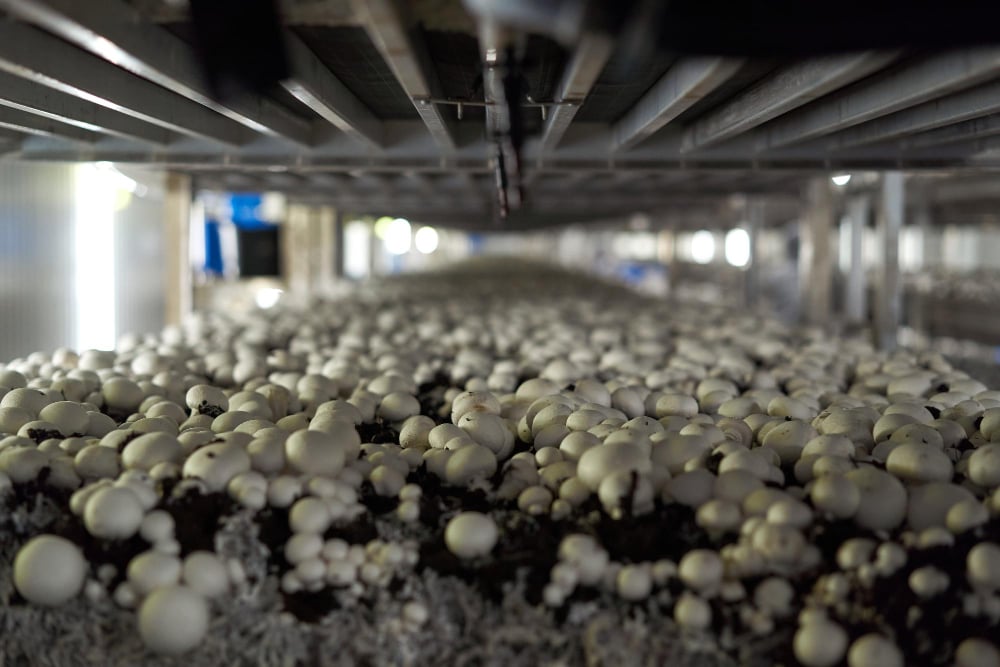
Why Should We Expose Mushrooms To The Sun?
A review of vitamin D content in the most common mushroom varieties (button mushroom, oyster mushroom, and shiitake mushroom) exposed to different sources of UV concluded that all three types produce vitamin D. In fact, when mushrooms are exposed to natural or any artificial UV light, they produce vitamin D.
When mushrooms are exposed to 15-120 minutes of sunlight, they generate around 10 mg/100 g fresh weight (FW) of vitamin D2 (depending on weather conditions, time of day, and location). Therefore, even if you bring home store-bought mushrooms that were grown in the dark, you can still get your vitamin D.
Mushrooms contain high levels of a compound called ergosterol, which functions like cholesterol in mushrooms and helps make membranes strong, assisting with transport between cells. When mushrooms are exposed to UV rays, ergosterol is converted to ‘pre-vitamin D2’ and when later exposed to a heat source (such as the warmth of the sun’s rays) this pre-vitamin D2 is converted to vitamin D2.

Another ergosterol-like molecule in mushrooms similarly converts into vitamin D4. The gills contain a maximal amount of ergosterol; therefore, exposing the gills side to sunlight is the most effective approach for vitamin D production.
The amount of vitamin D produced depends on how much surface area is exposed to the sunlight or UV light. Slicing the mushrooms or exposing the gills will result in more vitamin D being produced. A study in Germany found that exposing sliced mushrooms to sunlight for as little as 15 minutes in the summer can result in 17.5 μg/100 g FW of vitamin D2. This is well above the RDI of vitamin D in most parts of the world. In another study, when whole mushrooms were exposed to UV-B, they had 45 μg/g dry matter (DW), while the sliced mushrooms had 406 μg/g DW.
When mushrooms are stored for a long period of time, the vitamin D2 content decreases, but the extent to which vitamin D2 is lost is not clear.

If sunlight exposure is not possible, mushrooms can also be exposed to artificial UV light to boost their vitamin D content. Studies have shown that exposing harvested mushrooms to UV light, especially UV-B, can increase their vitamin D content to 40 μg/g DW.
Temperature influences vitamin D production in mushrooms, with higher temperatures (up to 35 °C) leading to higher vitamin D content.
Freeze-dried and hot air-dried mushrooms also produce vitamin D when exposed to UV light.
Some vitamin D content is lost while cooking, but don’t worry, a significant amount of vitamin D is retained even after cooking. Frying for 5 minutes without oil retains 85%, boiling for 20 minutes retains 62-67%, and frying with oil for 5 minutes retains 88% of the vitamin D.

Conclusion
Vitamin D is essential for various life processes. Eating mushrooms can be as effective as vitamin D supplementation, but only after they have been exposed to the sun. Exposing mushrooms to the sun, even for 15 minutes, boosts their vitamin D content significantly, making them even healthier before you pop them into your next meal!
References (click to expand)
- Cardwell, G., Bornman, J., James, A., & Black, L. (2018, October 13). A Review of Mushrooms as a Potential Source of Dietary Vitamin D. Nutrients. MDPI AG.
- Nölle, N., Argyropoulos, D., Ambacher, S., Müller, J., & Biesalski, H. K. (2017, November). Vitamin D2 enrichment in mushrooms by natural or artificial UV-light during drying. LWT - Food Science and Technology. Elsevier BV.
- Vitamin D in Mushrooms.
- Vitamin D Deficiency - StatPearls.

